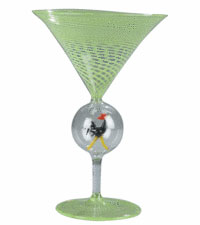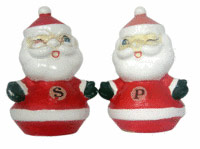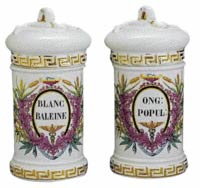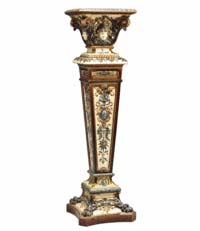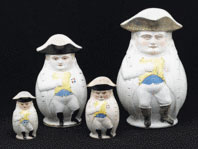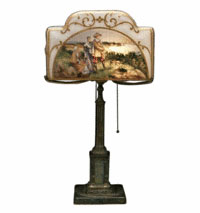
Electric lamps with glass shades were popular from the 1870s to the 1920s. Unlike a candle flame, a lightbulb could face down and was not too hot for a shade with a closed top, making the use of glass shades possible. And as up-to-date, unusual and attractive objects, glass-shaded lamps became expensive status symbols.
It is said that Louis Comfort Tiffany was the first to make a lamp with the light focused down. The lamp looked like a group of lilies with drooping heads made of iridescent glass. He is best known for his lamps with dome-shaped leaded-glass shades made of colorful pieces of glass.
Another famous lamp maker of the time was the Pairpoint Manufacturing Co. of New Bedford, Mass. The company, founded in 1880, originally made coffin fittings, but it soon became the largest manufacturer of silver-plated wares in the United States. In 1894, it merged with its next-door neighbor, the Mount Washington Glassworks. Pairpoint then made glass, silver plate and lamps. The two most desirable types of Pairpoint lamps today have reverse-painted glass shades or molded glass shades, now called “puffies.”
In the 1930s, the company reorganized and changed its name and products, but remains in operation. The reverse-painted shades were decorated on the inside by artists, who signed their shades. Lamps also carried a trademark that included the word “Pairpoint.” Lamp bases were made of metal or wood, and these also were signed. A Pairpoint lamp with reverse-painted scenes of pilgrims, sailing ships and flowers sold in 2008 for $4,140 at Brunk Auctions in Asheville, N.C. Its rectangular shade is 13 inches wide, and its base is cast metal. Continue reading


